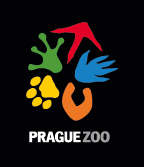Two Bison from Prague Zoo Are Heading for the Wild in Azerbaijan
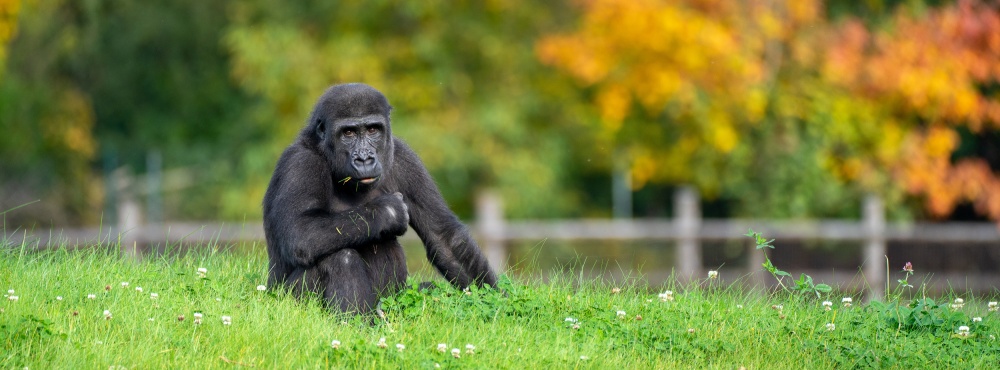
Two female bison from Prague Zoo, two-year-old Prya and six-year-old Omana, are awaiting transport to Azerbaijan. They will bolster the wild-living population of these ungulates reintroduced in Shahdag National Park. The two females left Prague Zoo on 25 July and headed to Germany's Tierpark Berlin. Here they will first meet the rest of the herd that is set to be transported. They will then travel to the vast forests in the foothills of the Caucasus Mountains in November.
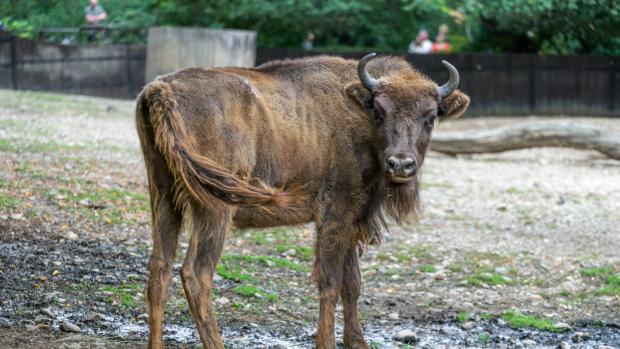 Prya is a young female who just turned two last month. Photo Petr Hamerník, Prague Zoo
Prya is a young female who just turned two last month. Photo Petr Hamerník, Prague Zoo
Miroslav Bobek, Prague Zoo’s director, said, “The two female bison, which left Prague for Berlin on 25 July, will increase the population of these ungulates that was reintroduced in the Caucasus in Azerbaijan. This is a case in which zoos are acting as a modern-day Noah's Ark, enabling animals that have become extinct in the wild to survive and later be reintroduced.”
Bison became extinct in the Caucasus in the mid-1920s. The project to return them to the wild is supported by the World Wildlife Fund (WWF), the Ministry of Ecology and Natural Resources of the Republic of Azerbaijan and the European Association of Zoos and Aquariums (EAZA), of which Prague Zoo is a member.
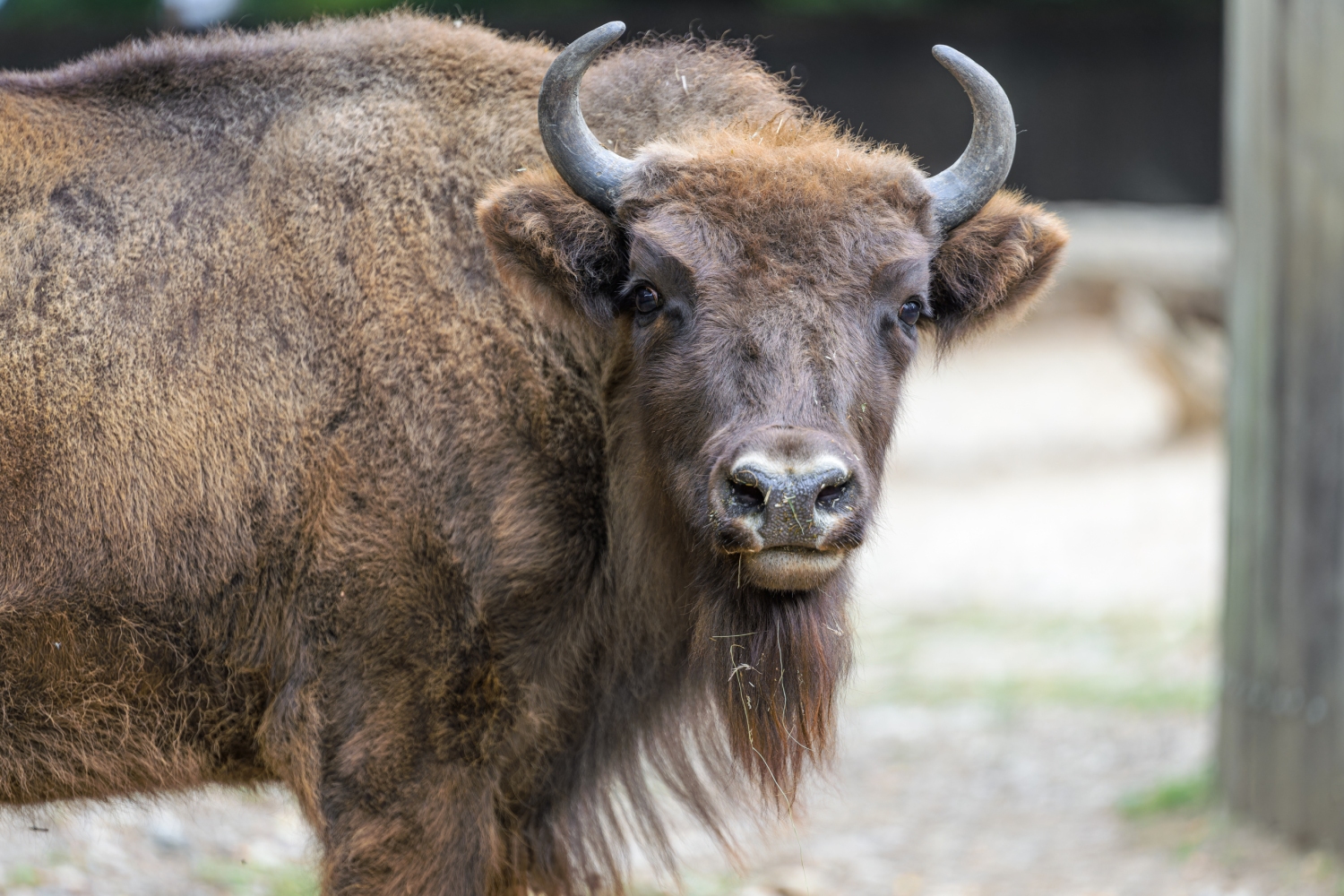
Later this year, Prya, born in Prague Zoo, will settle in at the Shahdag National Park. Covering 130,000 hectares, this is the largest national park not just in Azerbaijan, but also in the whole of the Caucasus. Photo Petr Hamerník, Prague Zoo
Describing the animals that were chosen, Barbora Dobiášová, Prague Zoo’s Curator of Ungulates, said, “The breeding coordinator chose two animals from our Prague breeding facility for the transport, Prya, a young female, and an older, experienced female Omana, who will become the matriarch in the newly formed herd. Most of the bison chosen to be transported have barely reached three years. Omana will thus ensure the herd has a natural structure, as experienced animals are important for the herd to work properly.”
Prya was born in Prague Zoo in June 2022. Her mother was Beatrice, originally from Bratislava Zoo, and her father was the Tipit, a bull that originally came from Tierpark Berlin. Omana was born in May 2018 at Olomouc Zoo and came to Prague in September 2019. The latter bison is readily recognizable by her broken left horn.
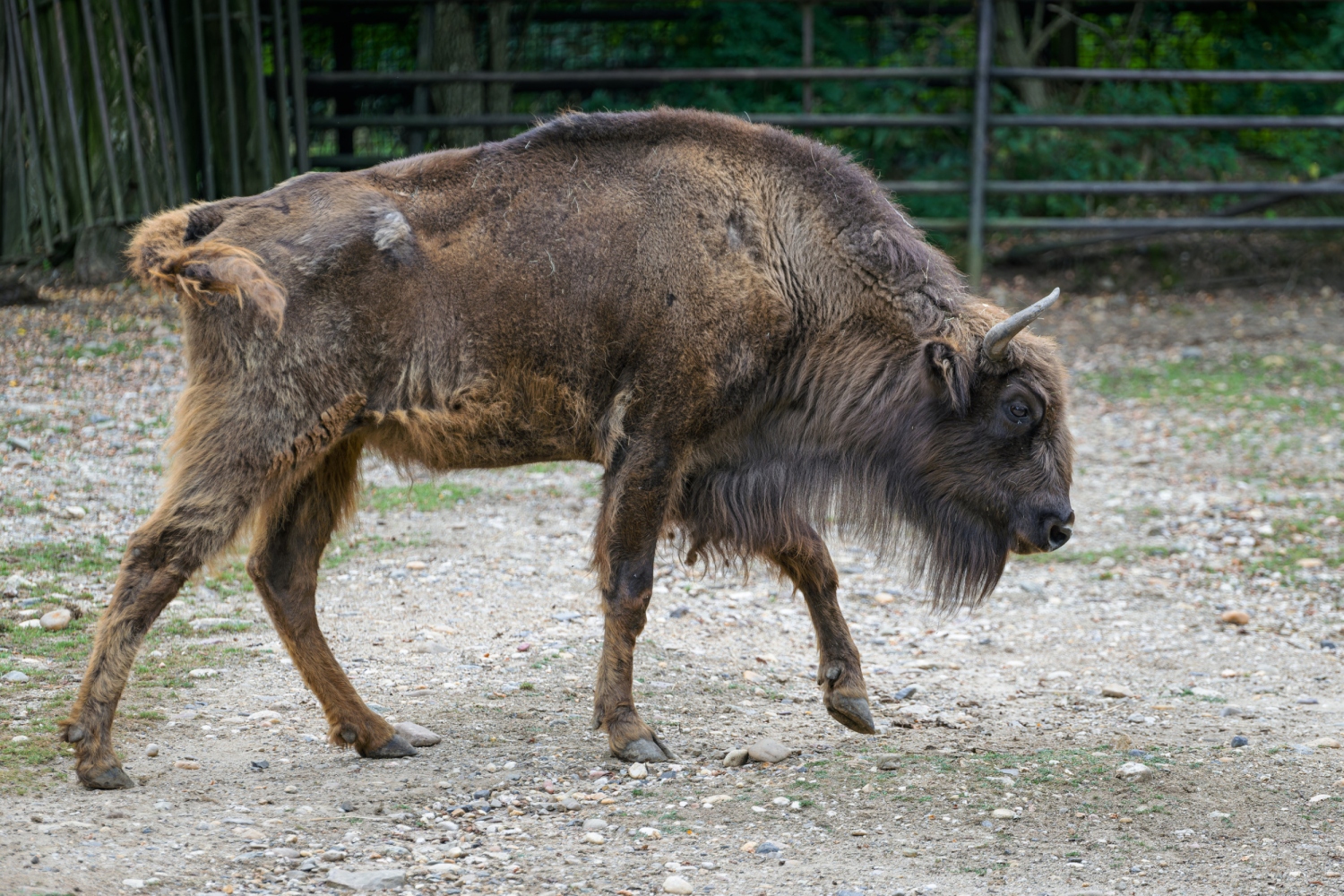
Omana is a six-year-old female and will take on the role of the matriarch in the reintroduced population. Photo Petr Hamerník, Prague Zoo
Both females were safely loaded into transport crates on the day of transport. At roughly 9 am their long journey from Prague via Berlin to Azerbaijan began. They arrived at Tierpark Berlin shortly after 2 in the afternoon. The project is jointly organised by the German branch of the World Wide Fund for Nature (WWF) and the Tierpark, which amasses the animals prior to transport. Prague Zoo will keep you informed about the exact date of the air transport.

The loading of both bison went well. Seen here is six-year-old Omana as she observes her surroundings from the transport box. She can be easily identified by her broken left horn. Photo Miroslav Bobek, Prague Zoo
Prague Zoo first bred bison in 1948. Since then, over a hundred calves have been born here. Prague Zoo has already provided animals for reintroduction from its breeding facilities, not just to bolster the Caucasian population, but also to Poland’s Bieszczady National Park.
ZOOPRAHA.CZ
Contacts
- The Prague zoological garden
U Trojskeho zamku 120/3
171 00 Praha 7
Phone.: (+420) 296 112 230 (public relations department)
e-mail: zoopraha@zoopraha.cz
Others
